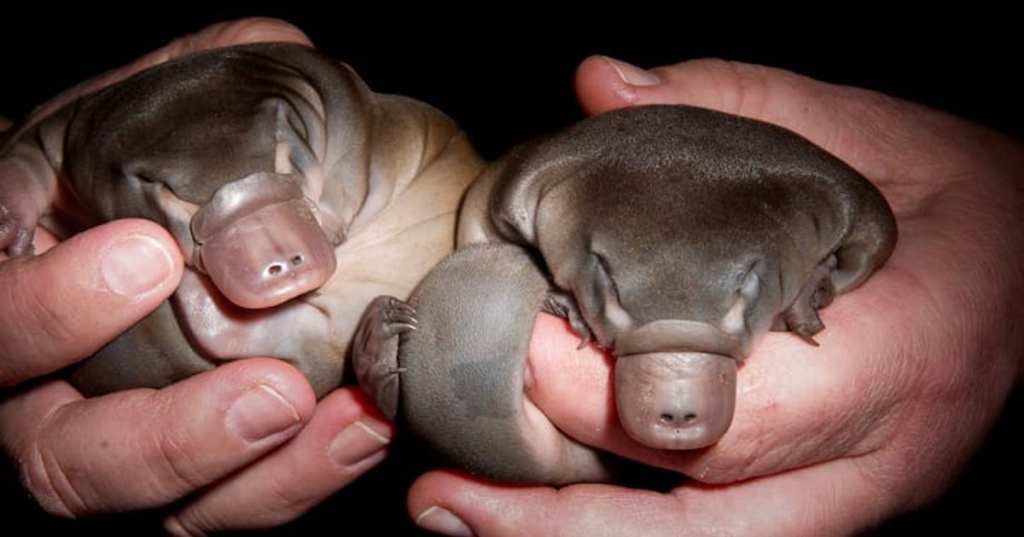Trending Now
If you want proof that Mother Nature does exactly what she wants, when she wants, and how she wants – human rules be damned – look no further than the platypus.
Literally nothing about them fits into any scientific mold, and actually, scientists who were sent the first sample thought they were being punked.
True story.
Below are 8 other fun facts about the platypus that are (almost) as unique as they are.
8. The males have venomous spurs.
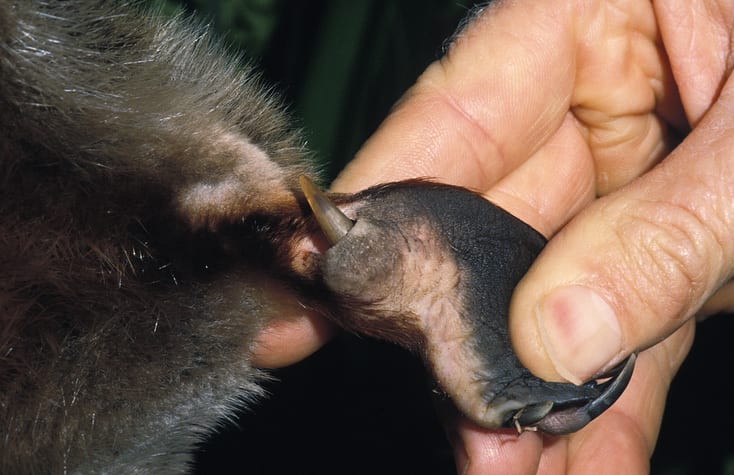
Image Credit: iStock
There aren’t very many venomous mammals, and the platypus sets itself apart by having venom not in its teeth, but in a hollow spur on the male’s hind leg.
The spur is always there but the venom is seasonally-activated and only produces during mating season, which likely means it’s for fending off other males.
7. They nurse their young without nipples.
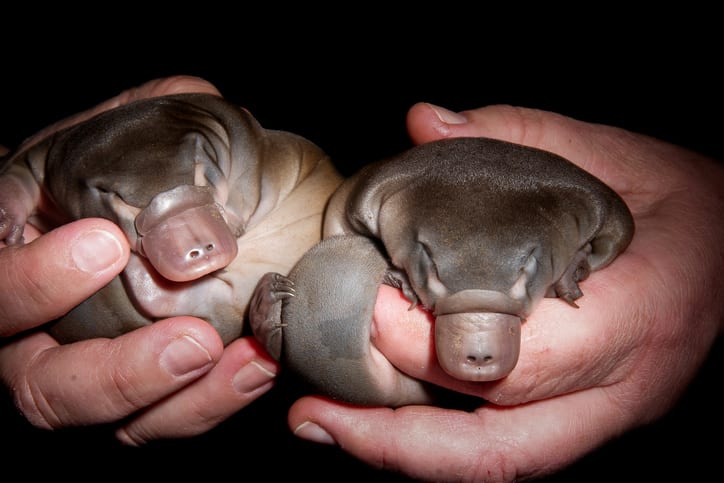
Image Credit: iStock
They’re born from eggs, but still the babies nurse from their mother.
Not from her breasts or nipples, though, because she doesn’t have any – instead, its released out of mammary gland ducts on their abdomen and suckled from folds of skin under her fur.
6. They have retractable webbing.

Image Credit: iStock
Platypus can only stay submerged without breathing for a couple of minutes, but they’re far more suited to water than land.
They prune their thick coats to add air bubbles as insulation in cool rivers, and their awkward, short limbs don’t lend themself to walking on land, but at least their webbed front claws retract when they’re not using them to paddle.
5. They are a monotreme, which means “single hole” in Greek.
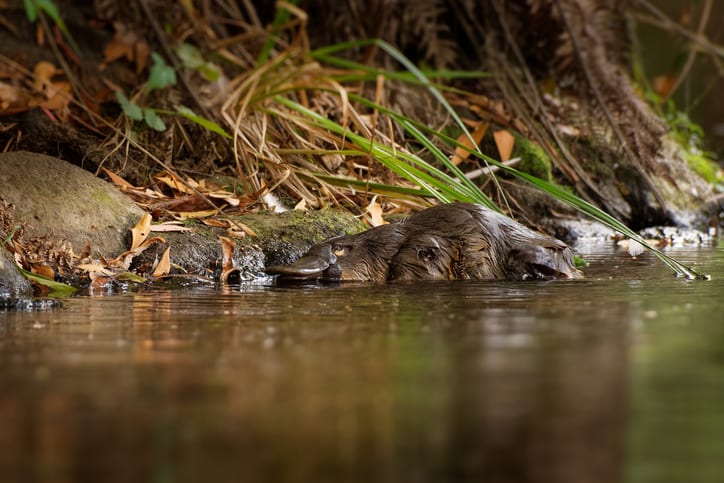
Image Credit: iStock
There are only five species of monotremes (the other four are echidna).
These egg-laying mammals get their name from the hole that serves as both an anus and a urino-genital opening.
The gene sequencing of the platypus shows they share a similar profile with reptiles, birds, and mammals.
4. They use gravel as makeshift teeth.

Image Credit: iStock
They don’t have teeth inside their bill, which can make it difficult to chew some of their favorite fare.
In order to ingest the worms, insects, shellfish, and other delicacies they enjoy, they scoop up gravel from the riverbed and use it to munch their food.
3. They used to be giant.
https://www.instagram.com/p/CEUdFJPF6KB/
In 2013, researchers found and identified a prehistoric platypus using a single tooth.
It was more than three feet long, more than double the size of the average modern platypus.
2. They use their tails for myriad things.

Image Credit: iStock
Platypuses don’t use their tails to slap the water, or to swim, like beavers do – most of the time they use it to store body fat in case of a food shortage.
Females also use them to hold incubating eggs against her body to keep them warm.
1. They don’t have stomachs.
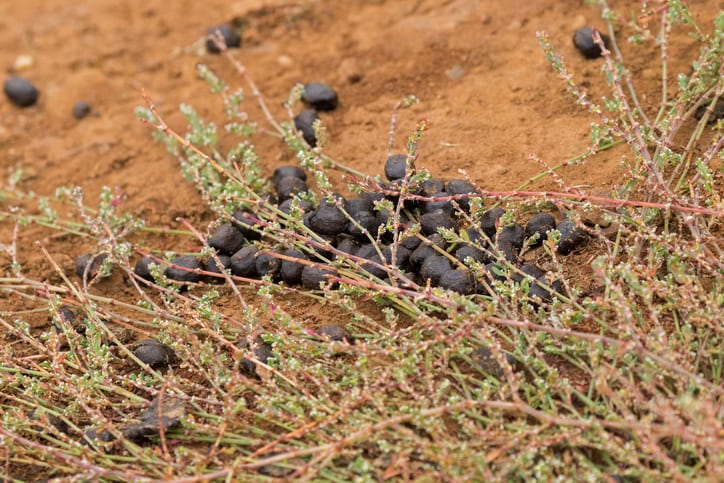
Image Credit: iStock
Platypuses aren’t the only animals to lack a portion of the gut that produces acid – spiny echidnas, and a good portion of fish also just feature a gullet connected to their intestines. That’s right. No stops in between.
These animals are just endlessly weird in the best possible way.
If we’ve missed a fact about the platypus that’s near and dear to your heart, please share it with us in the comments!

